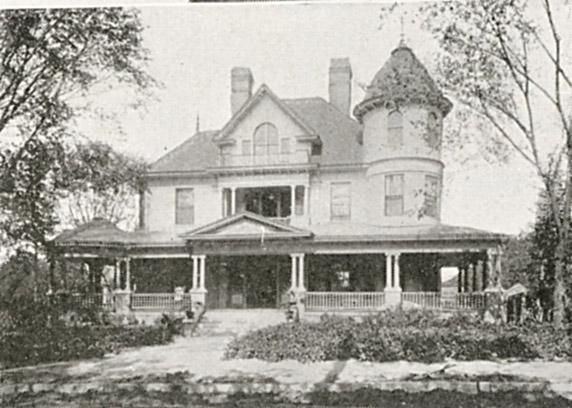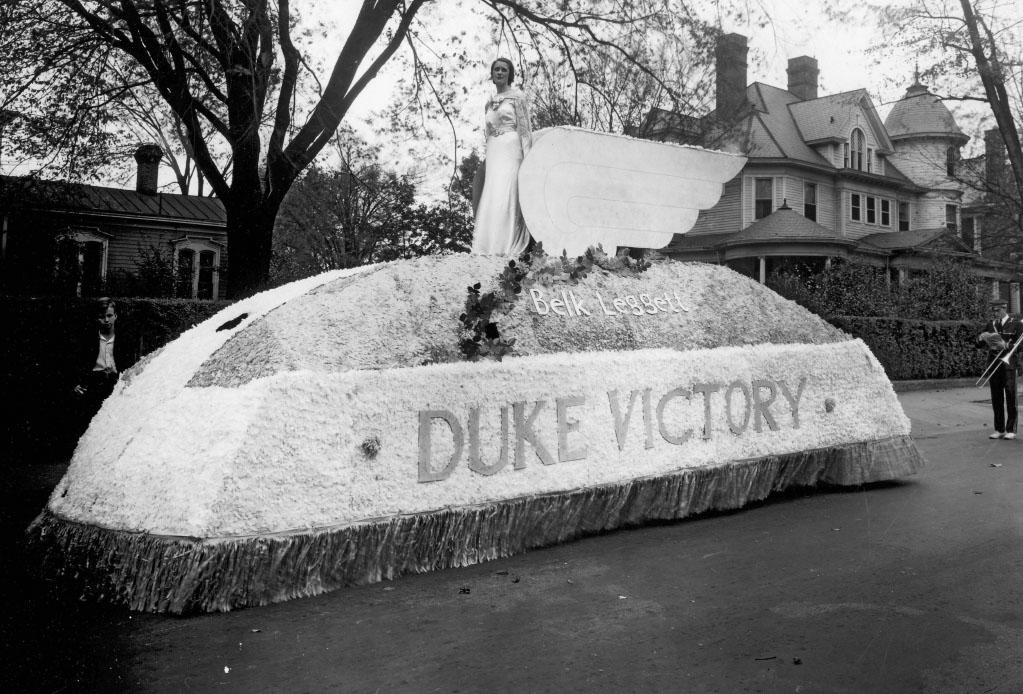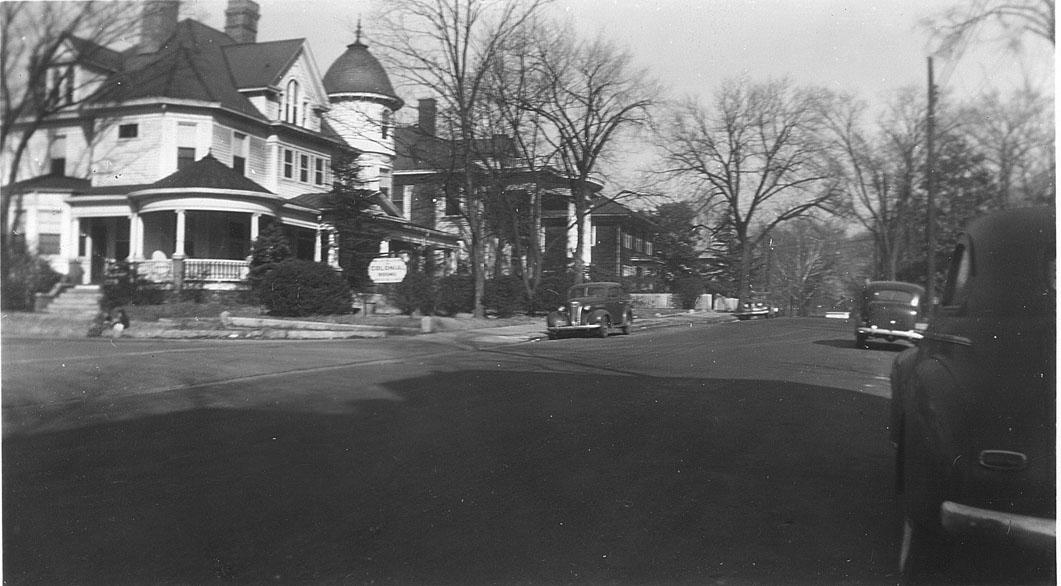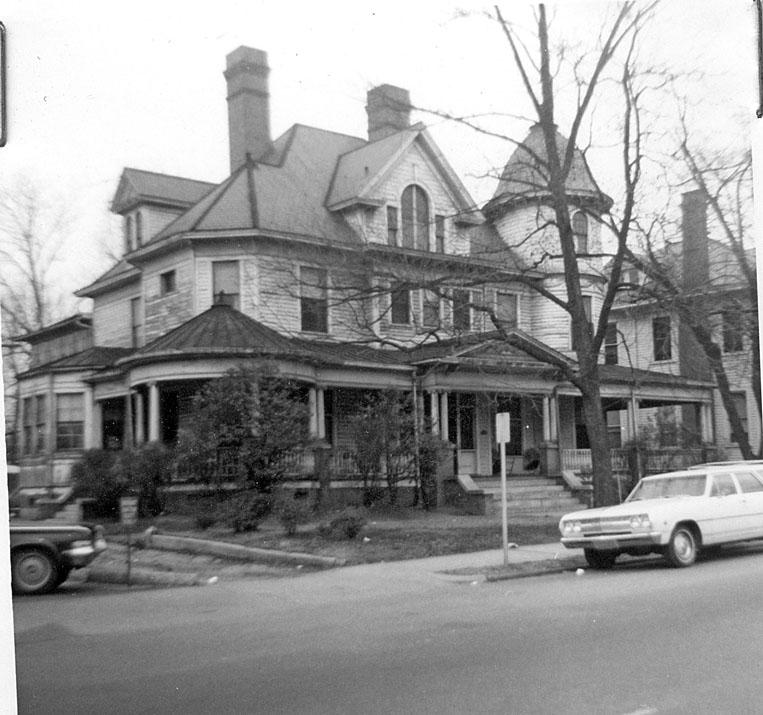Support OpenDurham.org
Preserve Durham's History with a Donation to Open Durham Today!
OpenDurham.org is dedicated to preserving and sharing the rich history of our community. Run by our parent nonprofit, Preservation Durham, the site requires routine maintenance and upgrades. We do not ask for support often (and you can check the box to "hide this message" in the future), but today, we're asking you to chip in with a donation toward annual maintenance of the site. Your support allows us to maintain this valuable resource, expand our archives, and keep the history of Durham accessible to everyone.
Every contribution, big or small, makes a difference and makes you a member of Preservation Durham. Help us keep Durham's history alive for future generations.






Comments
Submitted by Phil (not verified) on Thu, 9/6/2007 - 4:59am
Wow, I had no idea about the history of that corner. Thanks for sharing.
I was the Urban Ministries of Durham chair in 2001 when we broke ground on an expansion of the shelter building (the one at the corner). Speaking then, I dreamed of a future when we wouldn't need the shelter, when we could knock the building down and replace them with a park. Maybe someday...
Submitted by Phil (not verified) on Thu, 9/6/2007 - 5:02am
p.s.
Prior to its use as a shelter, the building at the corner was a Social Security office. It's currently owned by Durham (I can't recall whether county or city), and leased to Urban Ministries of Durham at essentially nil cost. The Lincoln Community Health Center is another tenant within that building.
The other Urban Ministries of Durham building sits on land owned by St. Philip's Episcopal church, leased to UMD for nil.
Submitted by Christopher (not verified) on Thu, 2/25/2010 - 2:03pm
Yet another "what the HELL were they thinking" Urban Renewal story. Even though Somerset Villa didn't see 1930, even though the Fuller house was lost in 1942, 218 in 1952 and the Parrish house in 1957...there was still so much left. All taken by the city's wrecking ball, with the exception of 2 houses saved by the actions of a few people. I can almost imagine what the street could look like today.
But it's really too depressing.
Add new comment
Log in or register to post comments.